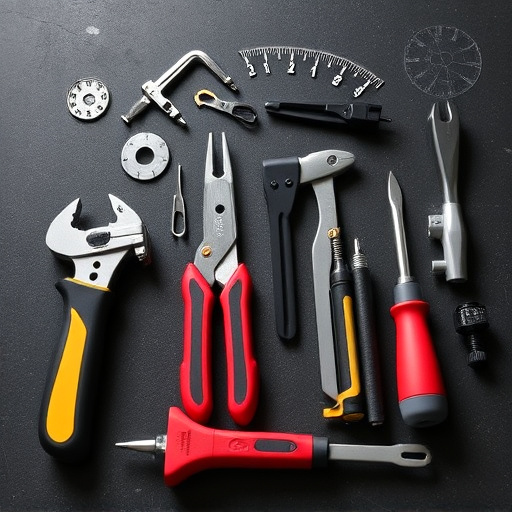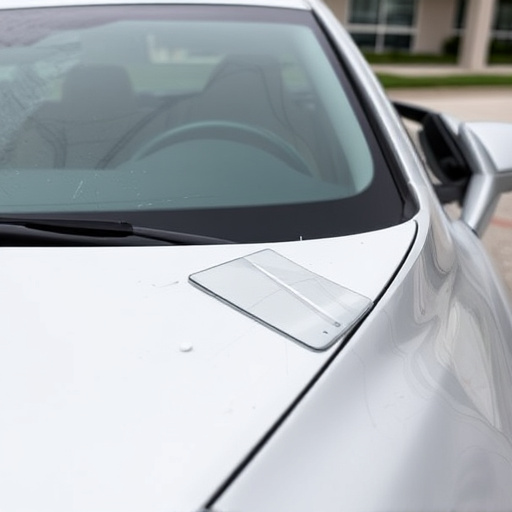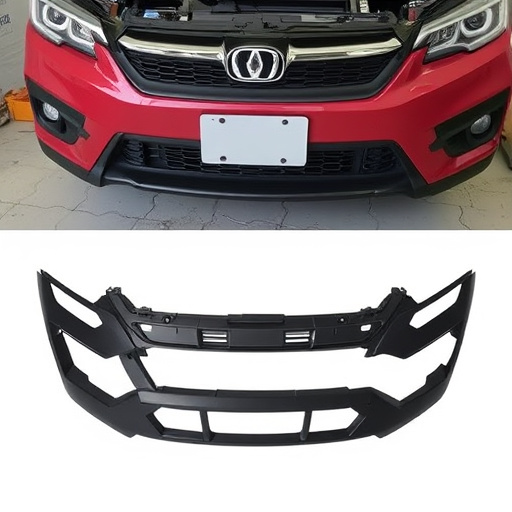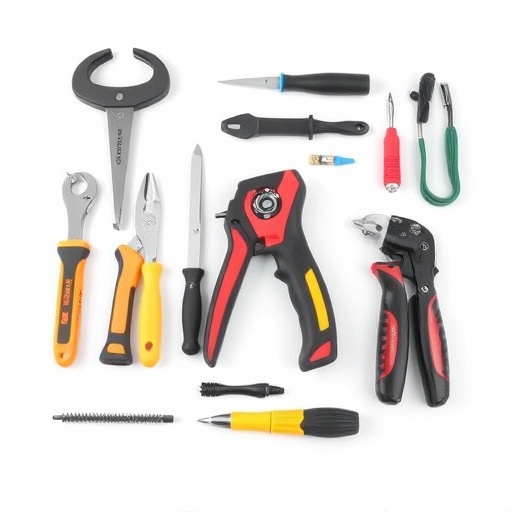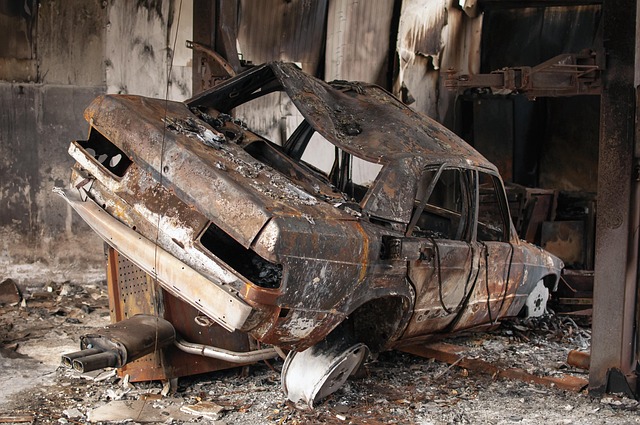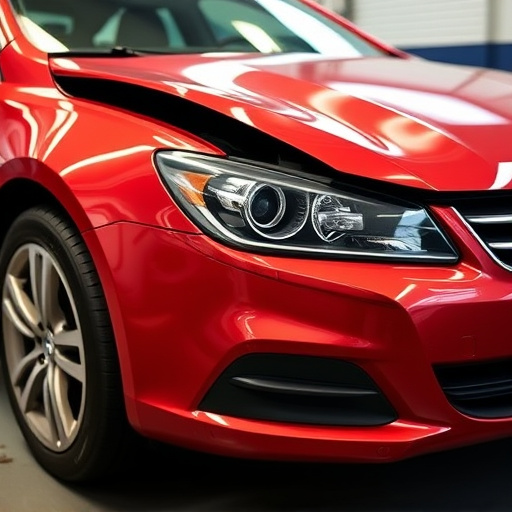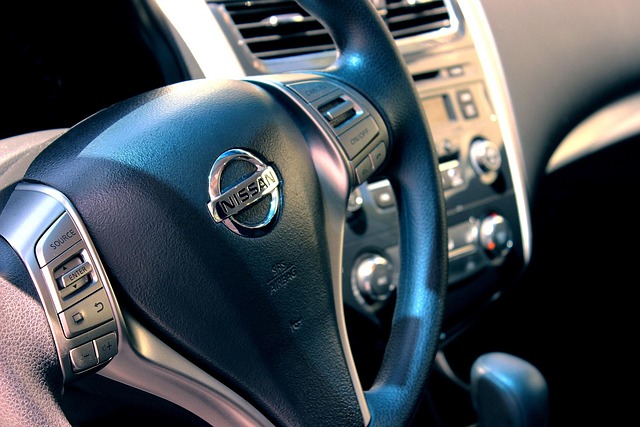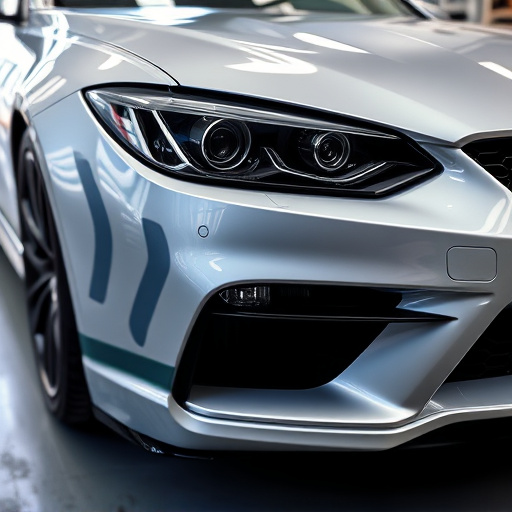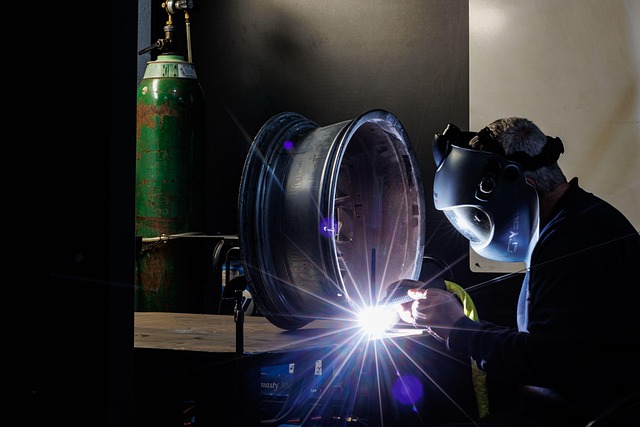Tesla ensures safety through rigorous testing and stringent factory specifications for airbag components, material selection, assembly, restraint systems, and after-sales services. Their meticulous approach, including advanced composite materials and precise repair processes, aligns with luxury benchmarks, guaranteeing structural integrity and passenger protection. Specialized technicians maintain these standards through thorough inspections and replacements in state-of-the-art centers.
“Delve into the intricate world of Tesla factory specifications, specifically focusing on airbag and restraint repair processes. This article explores the stringent standards set by Tesla for its components, delving into the design and material choices that underpin safety. We uncover the meticulous quality control measures implemented during repairs, ensuring each vehicle leaves the factory with reliable and robust airbag systems. By examining these specifications, we gain insights into Tesla’s commitment to both innovation and passenger protection.”
- Tesla Factory Standards for Airbag Components
- Restraint System Design and Material Specifications
- Quality Control Measures in Airbag Repairs
Tesla Factory Standards for Airbag Components

Tesla adheres to stringent factory specifications for all its airbag components, prioritizing safety as a core pillar in vehicle design. These standards encompass rigorous testing protocols to ensure each part meets or exceeds industry regulations. From material selection to assembly processes, every detail is meticulously overseen, ensuring reliability and performance under extreme conditions. This commitment extends beyond the production line, influencing even after-sales services like airbag repairs and replacements.
When it comes to restraint systems, Tesla’s factory specifications focus on enhancing passenger security without compromising aesthetics or convenience. This involves integrating innovative technologies that not only meet modern safety standards but also contribute to a seamless owner experience. Regular updates to these specifications reflect the company’s dedication to continuous improvement in both classic car restoration and contemporary vehicle maintenance, ensuring every repair, including those for car dent removal and vehicle paint repair, aligns with the highest quality benchmarks.
Restraint System Design and Material Specifications
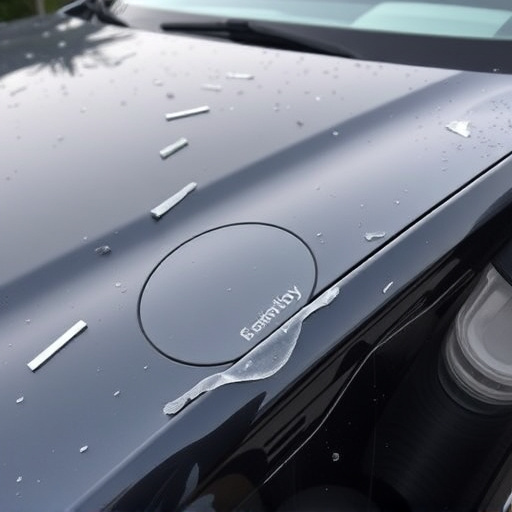
Tesla’s commitment to safety is evident in its meticulous design and stringent specifications for the vehicle’s restraint systems. The company employs advanced engineering principles to ensure that every component, from airbags to seatbelts, meets or exceeds industry standards. At the heart of this lies a focus on lightweight yet durable materials, allowing for optimized performance without compromising structural integrity. This is particularly notable in Tesla’s use of innovative composite materials and advanced polymers, which offer exceptional strength-to-weight ratios compared to traditional metals.
The restraint system design incorporates sophisticated sensors and actuators, enabling rapid deployment in the event of a collision. These systems are tailored to accommodate various passenger sizes and seating configurations, ensuring maximum protection for all occupants. When it comes to repairs, Tesla factories adhere to precise guidelines, utilizing specialized tools and trained technicians to address issues such as auto glass repair or vehicle bodywork damage. Even when compared to luxury brands like Mercedes Benz collision repair shops, Tesla’s commitment to precision and safety is evident in its meticulous factory specifications.
Quality Control Measures in Airbag Repairs
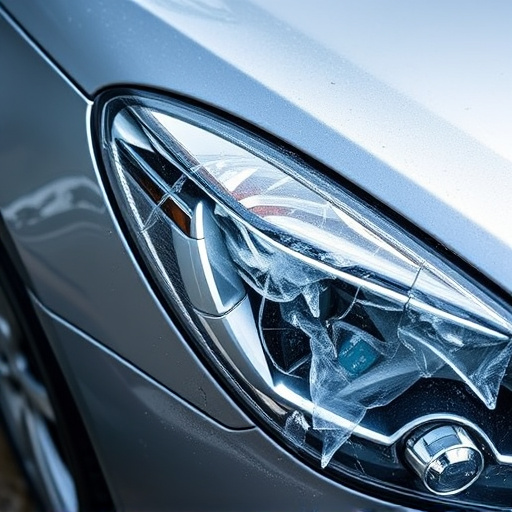
Tesla’s commitment to safety is evident in its stringent quality control measures for airbag repairs. Adhering strictly to Tesla factory specifications, their specialized technicians meticulously inspect and replace every component related to airbags and restraint systems. This rigorous process ensures that each vehicle returns to the road with reliable and effective safety features, just as the manufacturer intended.
The repair process involves advanced techniques like precise frame straightening and meticulous dent removal, all while maintaining the structural integrity of the vehicle. Tesla’s state-of-the-art auto collision centers are equipped with cutting-edge technology, allowing for accurate diagnostics and repairs that meet or exceed industry standards.
In conclusion, understanding Tesla’s factory specifications for airbag and restraint repairs is paramount to ensuring vehicle safety. The company’s rigorous standards, comprehensive design guidelines, and meticulous quality control measures underscore its commitment to protecting passengers. By adhering to these Tesla factory specifications, repair facilities can maintain the superior safety features that make Tesla vehicles renowned in the automotive industry.
